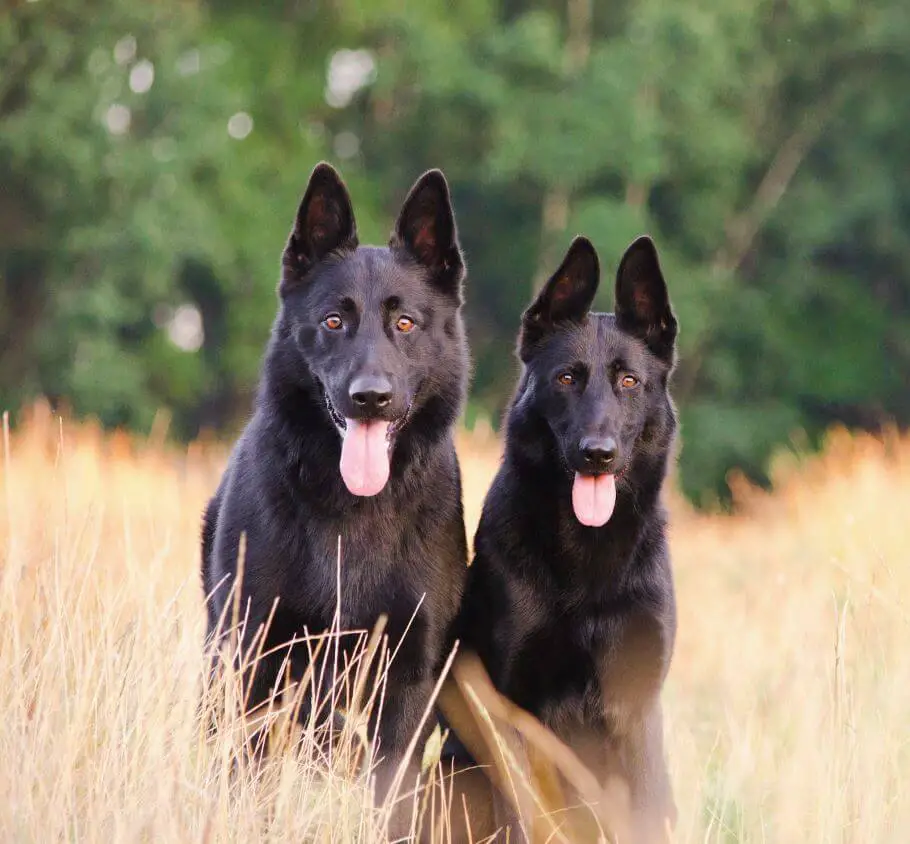Ever wondered if your dog companion is aware of the changing light cycles that define our days and nights? In this exploration, we’ll unravel the mysteries of dog perception and investigate whether dogs possess the ability to distinguish between day and night. Understanding this aspect of their behavior can provide insights into their natural instincts and adaptability to the human lifestyle.

Do Dogs Have a Concept of Day and Night? Dog Insights:
- Circadian Rhythms: Dogs, like humans, have internal circadian rhythms that regulate their sleep-wake cycles. While they may not perceive time in the same way we do, these rhythms are influenced by environmental factors such as light and darkness.
- Sensory Acuity: Dogs have heightened senses, including superior night vision compared to humans. Their ability to see in low light conditions allows them to navigate and perceive their surroundings during the darker hours, contributing to their awareness of the changing light.
- Dependency on Human Routine: Dogs are highly adaptable and often synchronize their activities with human routines. They may learn to associate certain activities, such as walks or meals, with specific times of the day, aiding in their understanding of daily patterns.

Signs Your Dog Responds to Day and Night Cycles:
- Sleep Patterns: Observe your dog’s sleep patterns. Dogs tend to rest more during the night and may be more active during the day, aligning with their natural circadian rhythms.
- Alertness Levels: Note your dog’s alertness levels at different times. Dogs may be more vigilant and responsive during the day, showcasing their natural instincts as diurnal animals.
- Routine-Related Behaviors: If your dog exhibits excitement or anticipation around specific daily activities, such as mealtime or walks, it indicates an understanding of the routine and the associated time of day.
Factors Influencing Dog Awareness:
- Consistent Schedule: Maintaining a consistent daily schedule helps dogs establish routines and recognize patterns, contributing to their awareness of day and night cycles.
- Exposure to Natural Light: Regular exposure to natural light, especially during daytime walks and outdoor activities, helps dogs sync their internal clocks with the external environment.
- Human Interaction: Dogs often rely on human cues to understand the passage of time. Interactions, activities, and the level of engagement during different times of the day contribute to their awareness.

Conclusion:
In the dog world, the concept of day and night is intertwined with their natural instincts, sensory acuity, and adaptability to human routines. While dogs may not comprehend time as humans do, their awareness of changing light conditions and adherence to daily patterns showcase their ability to distinguish between day and night. By fostering a consistent routine and providing exposure to natural light, you can enhance your dog’s awareness and contribute to a harmonious coexistence within the human household.
